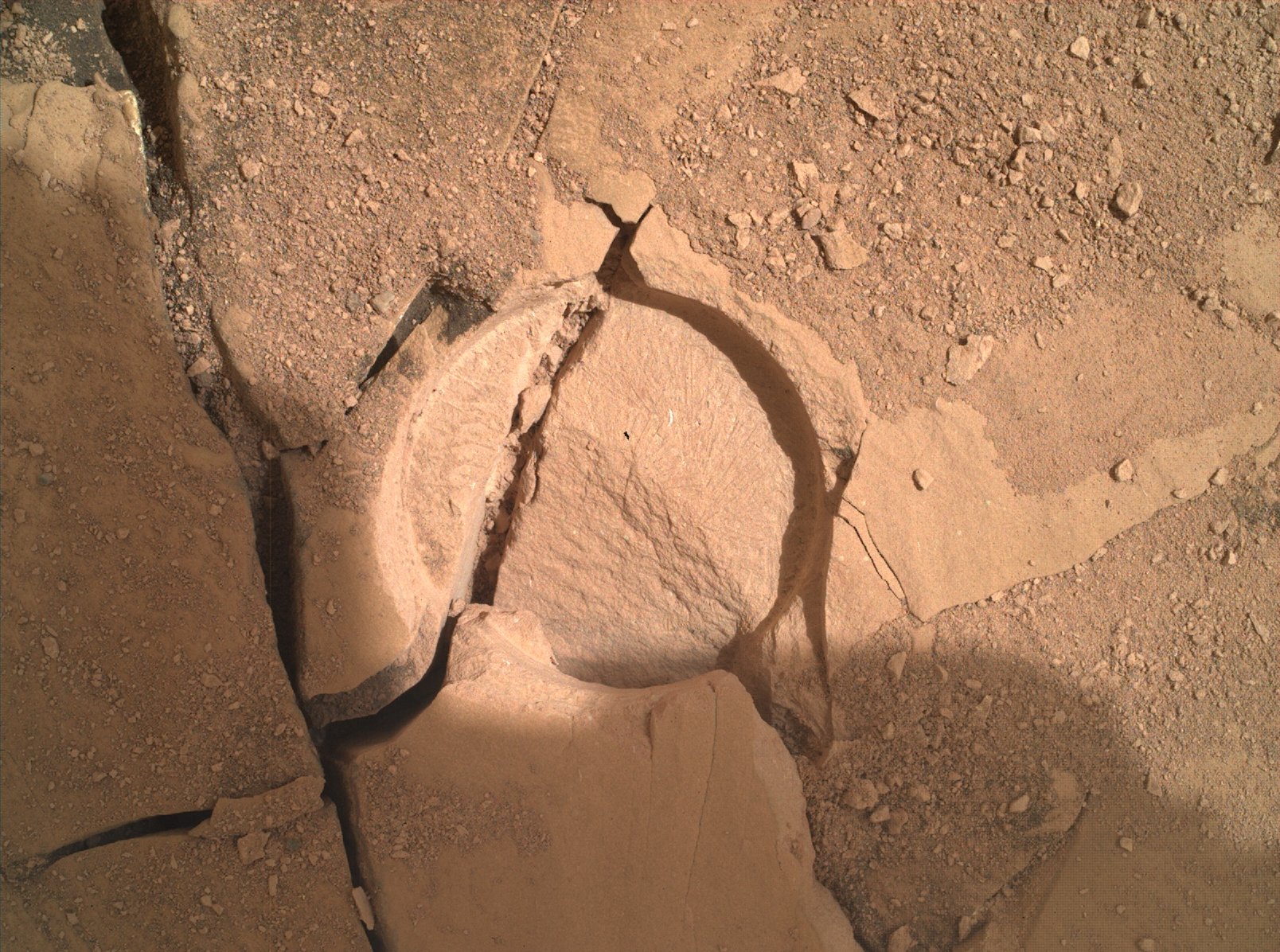Things get complicated for NASA's Mars Perseverance rover as it drills core samples

Using a suite of onboard instruments, NASA's Mars Perseverance rover is drilling core samples while roving across the Jezero Crater. These samples will be returned to Earth where future scientists can analyze them and look for evidence of past life on the Red Planet
However, choosing and collecting the right samples is a challenging task for the rover and the mission teams. According to NASA, sometimes, fragile materials fracture, crack, or even crumble during the abrasion and coring process, and other rocks have tricky shapes and angles that make drilling difficult or impossible.
The rocks here at the ancient river delta are amazing, but so far none has been perfect for #SamplingMars. Some too fragile, some too jagged, but I’m sure I’ll find the right one soon – I’m not called Perseverance for nothing.Latest team blog: https://t.co/15z23wAfy5 pic.twitter.com/zvxueaAPfJ
— NASA's Perseverance Mars Rover (@NASAPersevere) June 29, 2022
Last week, the science and engineering teams were hoping to sample Betty's Rock, a layered rock made up of alternating coarse-grained and fine-grained materials. However, the team soon found that its jagged layers and awkward shape prevented the rover from safely maneuvering its arm and placing the corer on the target to abrade and drill.
Now, the team plans to bump the rover to a new target and collect its samples - Skinner Ridge Rock, a low-lying rock that looks very similar to Betty's Rock, but with a much more approachable shape for potential abrasion and coring.
"We plan to bump the rover over to this target, study its composition, and hopefully collect a sample. This process will take several sols (days on Mars) to complete, but we all have our fingers crossed for success. Exploring Mars can be a lot of work, but it’s called Perseverance for a reason," NASA said.
The Perseverance Mars rover arrived at the doorstep of Jezero Crater's ancient river delta on April 13, 2021. One of the major goals of this mission is to seek signs of ancient life and collect samples of rock and regolith (broken rock and dust) for a possible return to Earth by a future mission that would ferry them back to Earth for detailed analysis.










